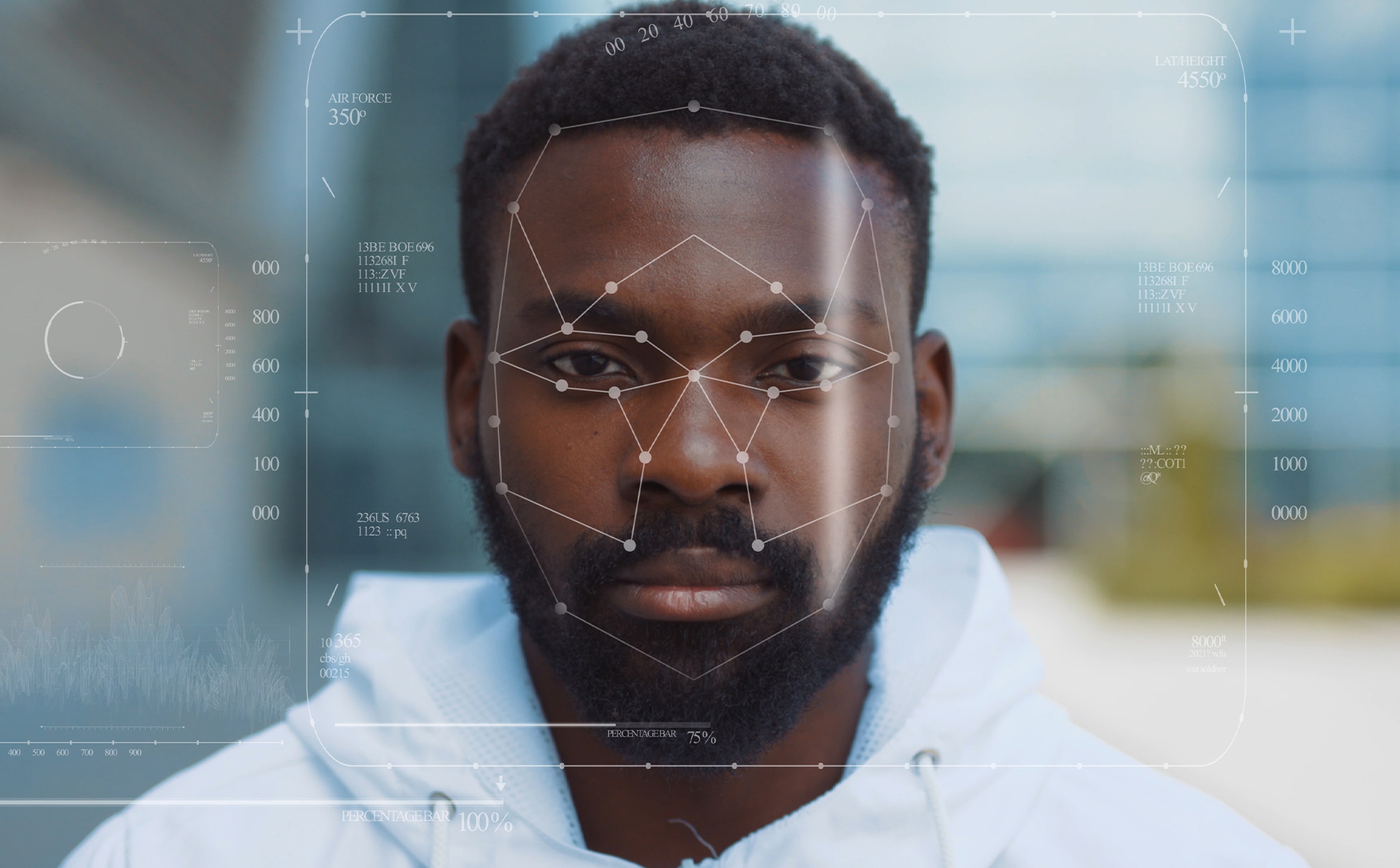Five articles that have us buzzing this week
Google Quietly Tweaks Image Search for Racially Diverse Results
Google recently updated its algorithm to remove biases from its search engine. The change allows for greater skin-tone diversity and will help users find relevant content when searching for beauty-related keywords. For years, tech giants have been under scrutiny for their offensive algorithms, especially those that reinforce beauty standards that don’t reflect all cultures and ethnicities. Google says that racial inclusion efforts are a priority for the company and hopes to improve the diversity of all people-related search queries and add more context to results to help combat misinformation. These changes will take time, but it’s imperative for big tech algorithms to re-correct as more industries begin to rely on their data for artificial intelligence enhancements.
Why The ‘Metaverse’ Represents A Revolution in Advertising
Thanks to the pandemic and how the general public is getting used to doing everything on the internet, the ‘metaverse’ may be the next great revolution in computing. According to Mark Zuckerberg, who plans to hire 10,000 workers in Europe to build Facebook’s metaverse platform, it will be “the successor to the mobile internet.” Within a metaverse, brands can engage with customers quicker and less invasively. There’s an opportunity for live shopping, fashion shows, product launches, productions, events, and an actual digital economy. As the possibilities of a hybrid digital/physical world become more likely, it’s a great time to start thinking about the metaverse as the next exciting marketing channel.
In a recent Ipsos study, half of U.S. consumers surveyed say they are more likely to consider a product or service if their favorite creator has promoted it. However, before planning an influencer or ambassador program, we recommend conducting a bit of research and vetting to avoid losing the trust of your target market. Today, some consumers are beginning to mistrust influencers and online reviews, so it’s essential to find creators who have an authentic personal connection to your brand story first. Once you’ve identified a few diverse creators to partner with, you’ll have a stronger foundation for expanding your reach, increasing purchase intent, and driving leads.
Here’s What Customers Love, and Hate, the Most About Online Shopping
It’s a key selling season for most e-commerce brands, but most consumers are unhappy with their online shopping experiences, especially on mobile. In a recent survey by Digital Commerce 360 and Bizrate Insights, customers expressed greater satisfaction with desktop over mobile websites or apps. This sentiment indicates a need for brands to continue optimizing their e-commerce websites for desktops and maybe a complete overall for their mobile sites to stay competitive. We recommend brands continue to think mobile-first by making websites efficient, searchable, functional, and personalized, with relevant descriptions.
3 tips for winning with real-time, inventory-driven ads
The key to winning with PPC campaigns moving into Q4 and early 2022 will heavily weigh on understanding the market. The pandemic has changed many factors for e-commerce brands, from inventory shortages to escalated shipping costs. To combat these changes and avoid wasting ad spend, we have to get more creative when satisfying customer demand other than discounts and alternative product recommendations. Getting creative means connecting real-time supply chain and inventory with ads like Responsive Search Ads or Dynamic Search Ads. It also means working closely with your media team to experiment, test, and optimize faster to conquer potential challenges.
